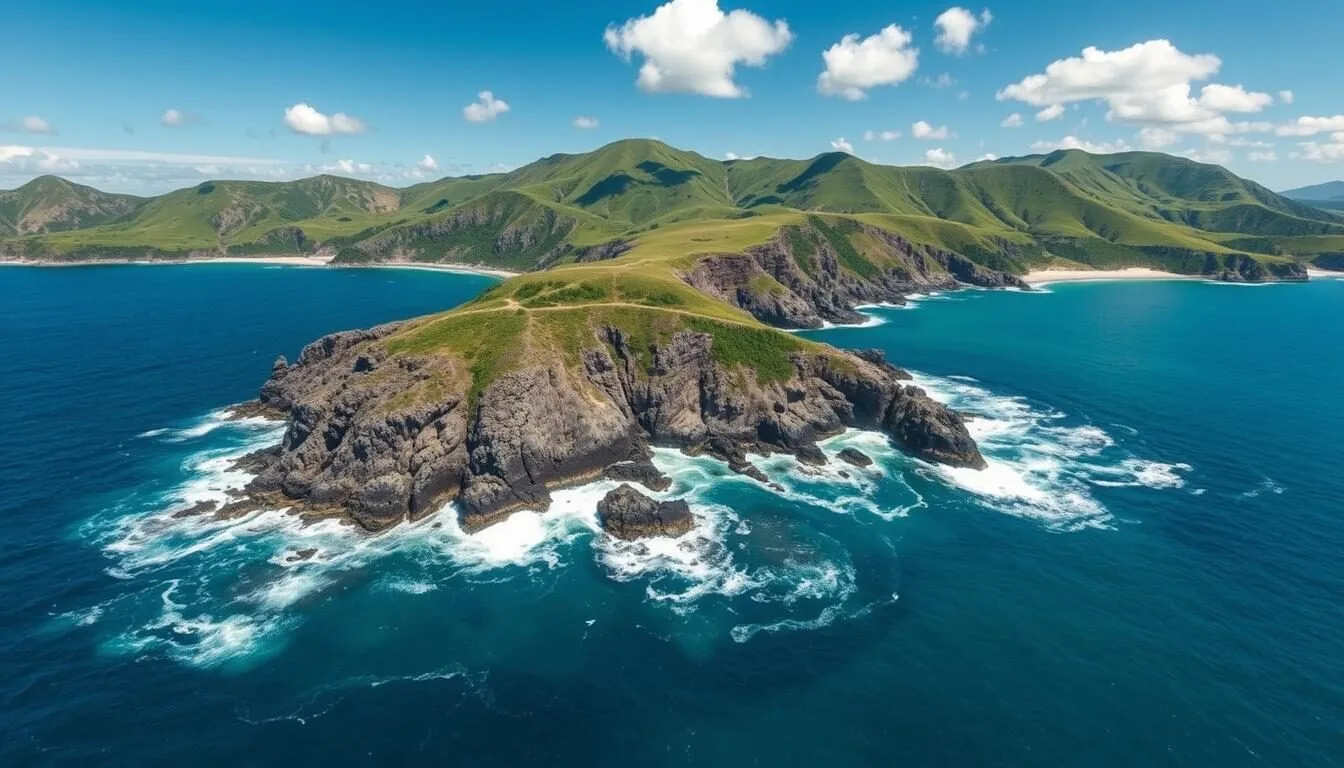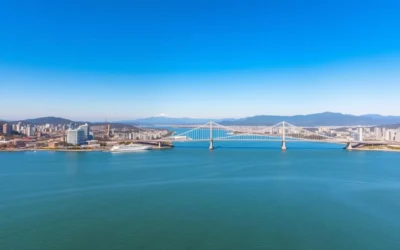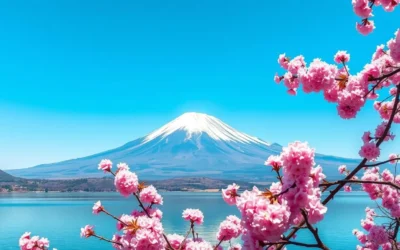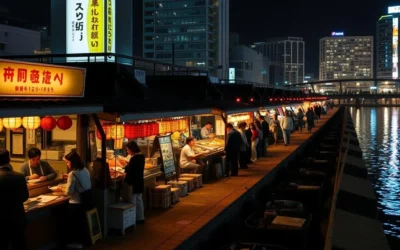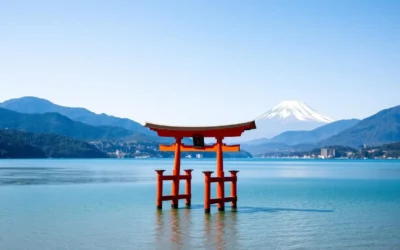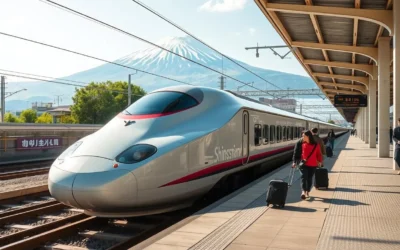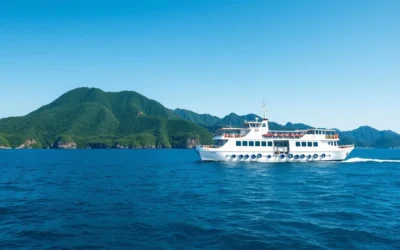✓ Accommodations✓ Flights✓ Rental Cars
Did you know that Yonaguni Island is home to what some believe is a 10,000-year-old underwater pyramid structure that predates Egypt’s Great Pyramid by 5,000 years? As Japan’s westernmost inhabited island, Yonaguni sits closer to Taiwan (111km away) than to mainland Japan, creating a unique cultural blend that has fascinated travelers and researchers alike for decades.
Yonaguni Island – Japan’s westernmost frontier
Getting to Yonaguni Island
Reaching this remote paradise requires some planning, but the journey is well worth the effort. Located at the very edge of Japan’s Okinawa Prefecture, Yonaguni’s isolation has preserved its natural beauty and cultural heritage.
By Air
The most convenient way to reach Yonaguni is by air. Japan Transocean Air (JTA) operates daily flights from Naha (Okinawa’s main island) to Yonaguni Airport, with a flight time of approximately 1 hour. There are also three daily flights from nearby Ishigaki Island, taking just 30 minutes.
When planning your trip, remember that flights can be affected by weather conditions, particularly during typhoon season (June-October). It’s advisable to build some flexibility into your itinerary.
By Ferry
For those who prefer sea travel, a ferry service operates between Ishigaki and Yonaguni twice weekly (departing Ishigaki on Tuesdays and Fridays, returning from Yonaguni on Wednesdays and Saturdays). The journey takes approximately 4 hours and offers beautiful ocean views, though the open sea crossing can be rough.
The ferry docks at Kubura port on the western end of Yonaguni, while flights arrive at Yonaguni Airport near the main town of Sonai.
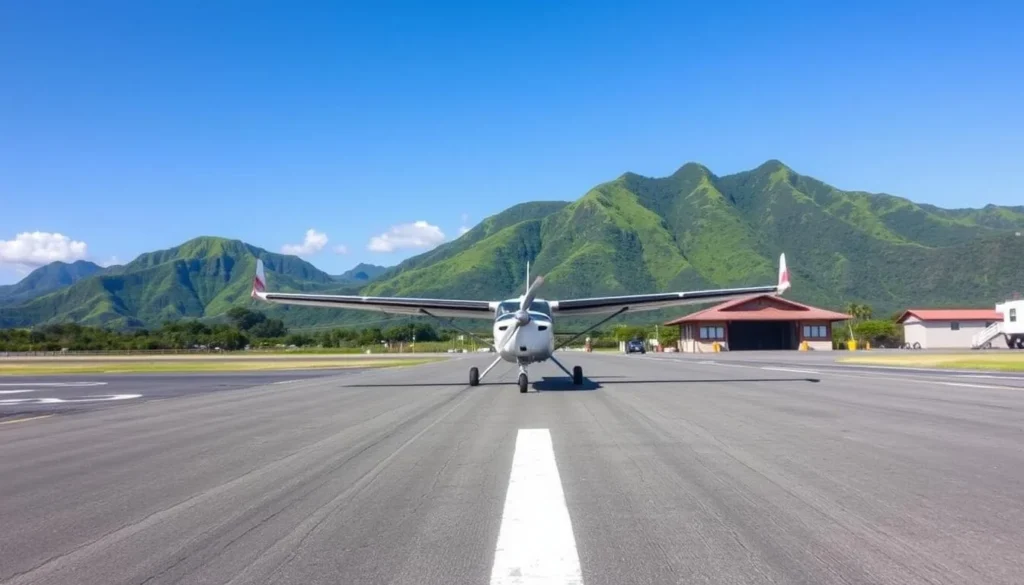
Yonaguni Airport – Your gateway to this remote island paradise
Plan Your Journey to Yonaguni
Book your flights to Okinawa and connect to Yonaguni with ease. Check availability and secure the best rates today.
Find Flights to Okinawa
The Mysterious Yonaguni Monument
The crown jewel of Yonaguni’s attractions is undoubtedly the enigmatic underwater structure discovered in 1987 by dive tour operator Kihachiro Aratake. This massive underwater formation, located off the southern coast of the island, features what appear to be terraces, steps, platforms, and even a pyramid-like structure.
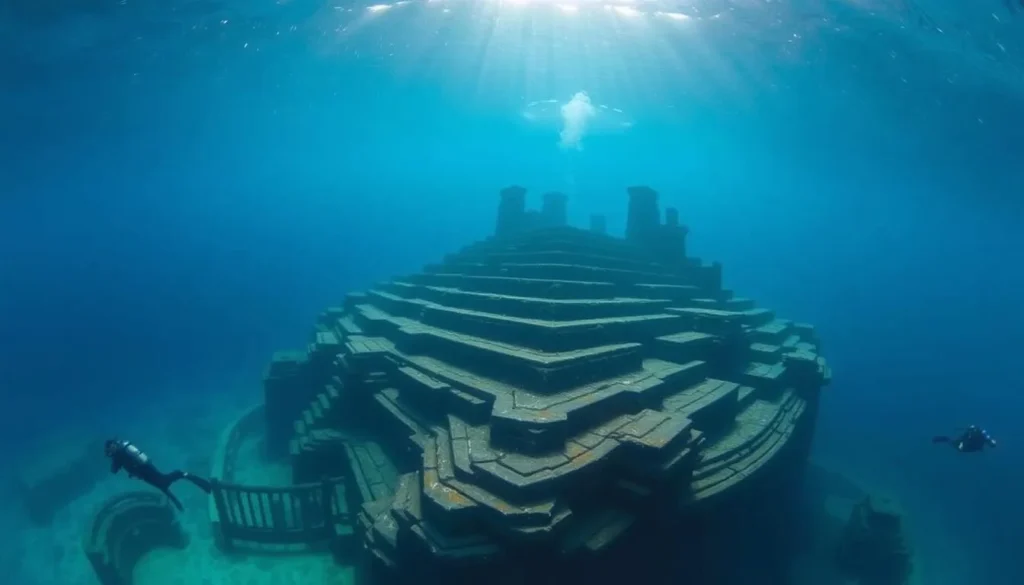
The mysterious underwater Yonaguni Monument with its distinctive terraces
Natural Formation or Ancient Civilization?
The debate rages on about whether the monument is a natural geological formation or evidence of an ancient civilization. Some researchers, including Professor Masaaki Kimura of the University of the Ryukyus, believe the structures are man-made and date back at least 5,000 years, potentially belonging to the lost civilization of Mu.
Others maintain that natural processes like erosion and tectonic activity created these formations. Regardless of their origin, the monuments are a breathtaking sight that draws divers from around the world.
Diving the Monument
Exploring the Yonaguni Monument requires intermediate to advanced diving skills due to strong currents in the area. The monument lies at depths ranging from 5 to 25 meters, with visibility often exceeding 30 meters in winter months (December to February).
Several dive operators on the island offer guided tours to the monument. The best time to visit is during winter when hammerhead sharks also frequent the waters, adding another spectacular element to your diving experience.
Explore the Underwater Mystery
Join expert guides for an unforgettable diving experience at the Yonaguni Monument. Suitable for intermediate to advanced divers.
Book a Diving Tour
Top Attractions on Yonaguni Island
Beyond its famous underwater monument, Yonaguni offers a wealth of natural and cultural attractions that showcase the island’s unique character and stunning landscapes.
Cape Irizaki
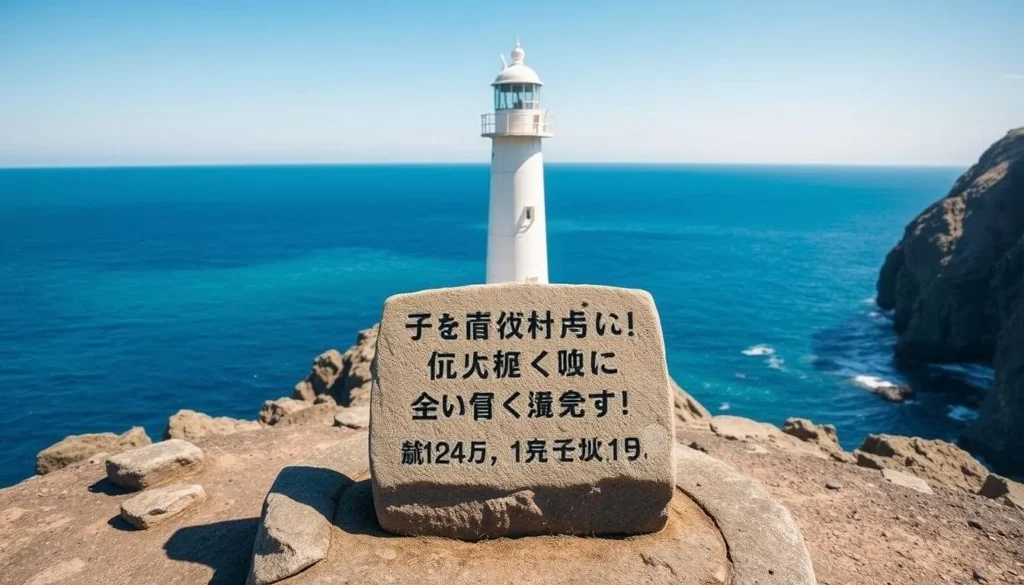
Standing at Japan’s westernmost point, Cape Irizaki offers breathtaking ocean views and a symbolic stone marker declaring “Japan’s Westernmost Point.” On clear days, you might even glimpse Taiwan on the horizon. The cape is particularly stunning at sunset, when you can witness the last rays of the day disappearing from Japanese soil.
Yonaguni Horses
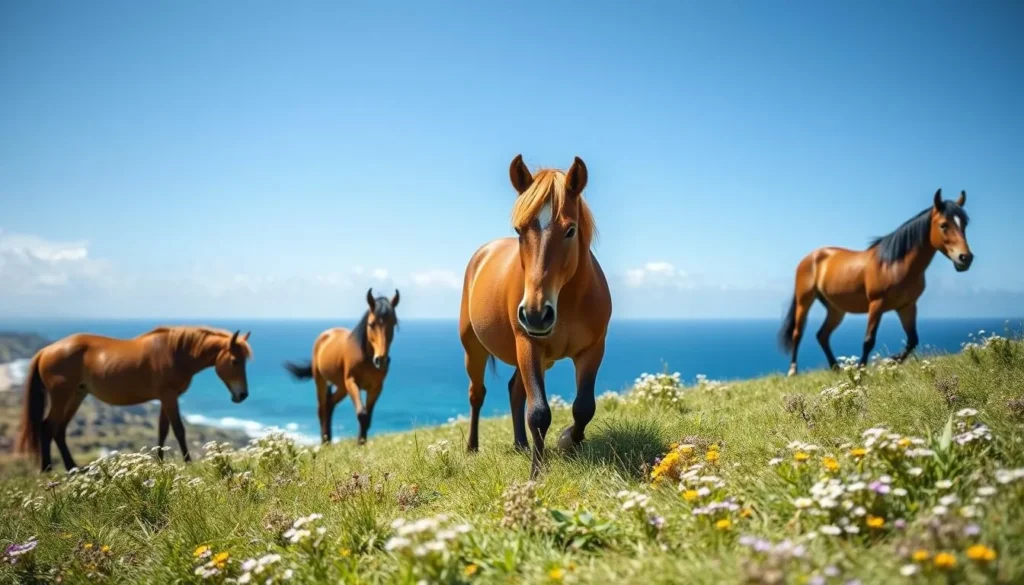
The island is home to the rare Yonaguni horse, one of the world’s smallest horse breeds standing just 3.5 feet tall. These gentle creatures roam freely across the island, particularly around Cape Agarizaki on the eastern tip. With only about 100 remaining, these horses represent a living cultural treasure and are a delight to observe in their natural habitat.
Tindabana Rock Formation
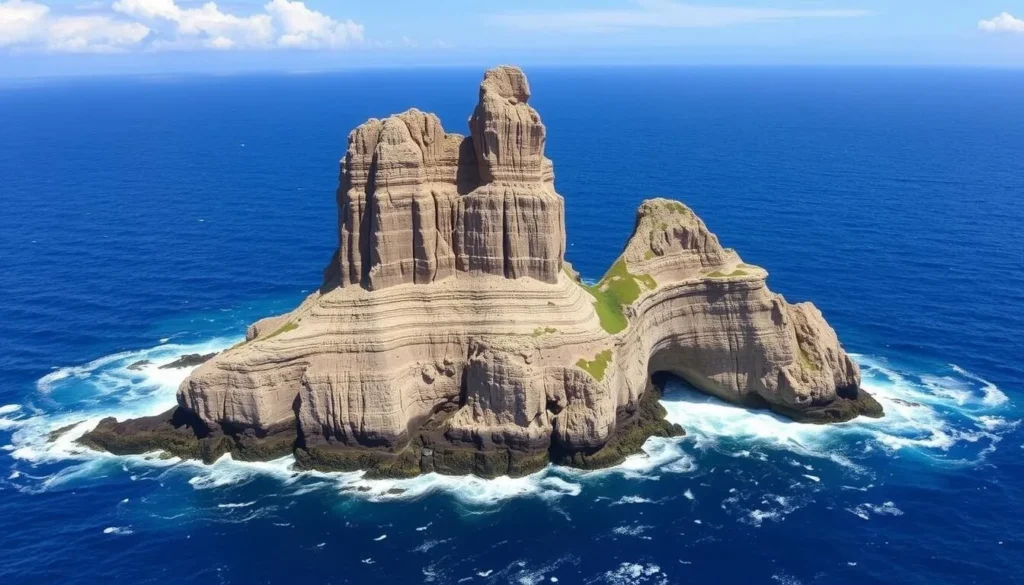
This impressive natural rock formation rises about 70 meters above the coastline and offers panoramic views of Sonai village and the surrounding ocean. According to local legend, the great empress of Yonaguni, Sanai Isoba, once resided here. The hike to Tindabana rewards visitors with some of the most spectacular vistas on the island.
Kubura Bay
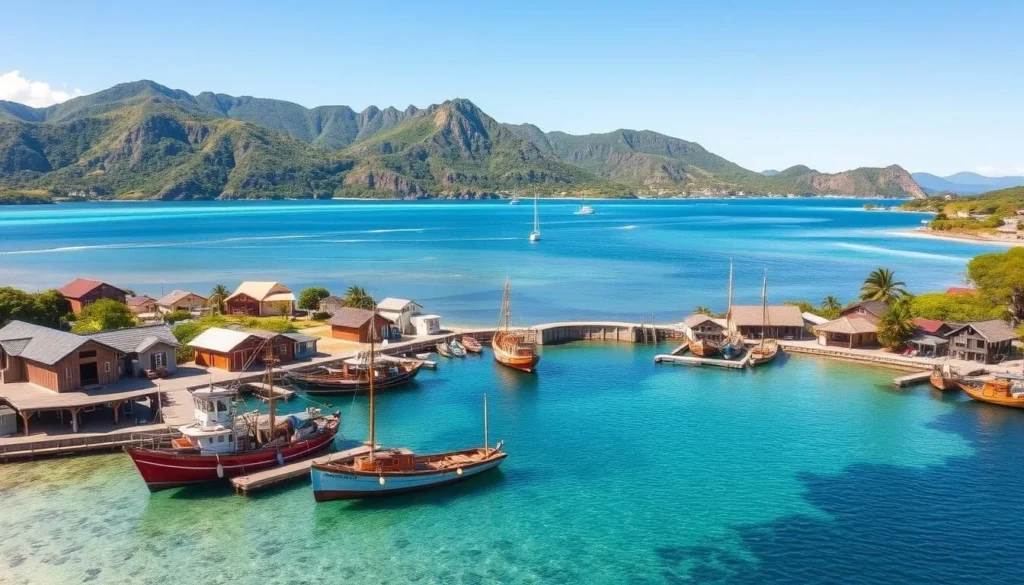
This picturesque bay on the western coast is home to a small fishing port and offers excellent snorkeling opportunities in its protected waters. The bay played a significant role in post-WWII black market trading between Japan and Taiwan, when the island’s population swelled to 20,000 people. Today, it’s a peaceful spot to watch local fishermen and enjoy fresh seafood.
Yonaguni Ethnographic Museum
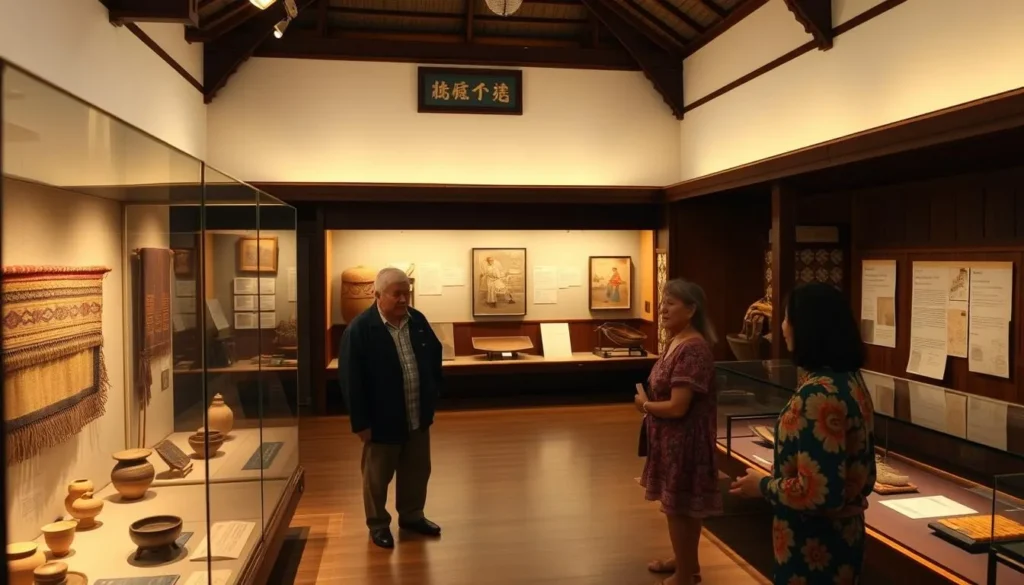
Founded by centenarian Nae Ikema, this fascinating museum preserves the island’s unique cultural heritage. Exhibits include information about the island’s indigenous writing system (kaida-dii), traditional crafts, and historical artifacts. The museum offers valuable insights into Yonaguni’s distinctive culture and its historical connections to both Japan and Taiwan.
Hikawa Beach

Located on the southern shore of the island, Hikawa Beach is Yonaguni’s largest beach, featuring a beautiful crescent of white sand. Protected by a coral reef, the waters are calm and perfect for swimming and snorkeling. The beach is rarely crowded, offering a peaceful retreat where you can enjoy the island’s natural beauty in tranquility.
Discover Yonaguni’s Natural Wonders
Explore the island’s stunning landscapes and unique attractions with a guided tour that covers all the highlights.
Browse Okinawa Island Tours
World-Class Diving Experiences
Yonaguni has earned its reputation as one of Japan’s premier diving destinations, offering unique underwater experiences that attract diving enthusiasts from around the globe.
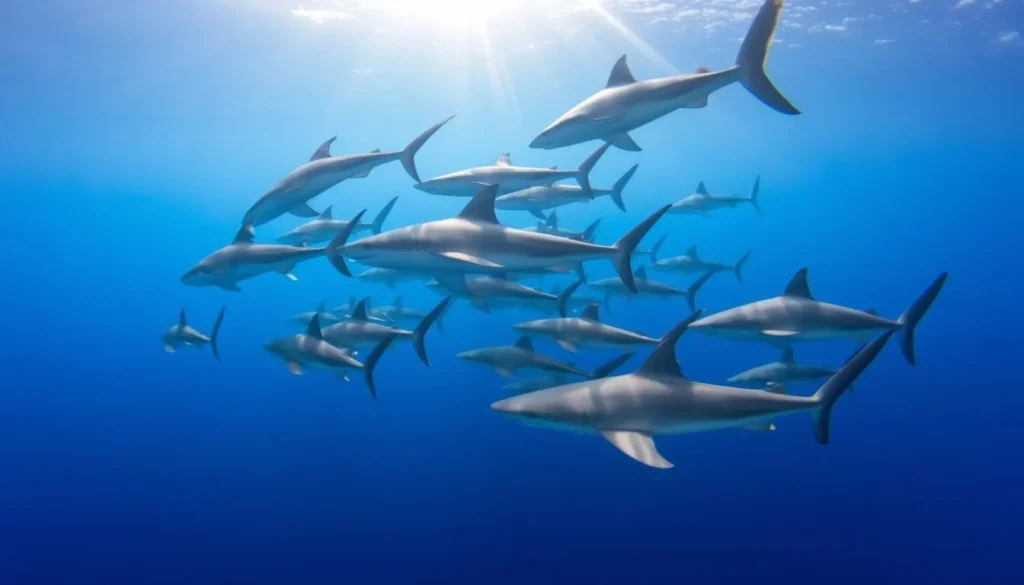
Hammerhead sharks gather in Yonaguni’s waters during winter months
Hammerhead Shark Encounters
From December to February, schools of hammerhead sharks gather in the waters around Yonaguni, creating one of the most spectacular diving experiences in Asia. These magnificent creatures can be observed during drift dives along the island’s northern coast, where currents bring nutrient-rich waters that attract marine life.
While sightings are never guaranteed, experienced local dive guides know the best spots to maximize your chances of witnessing these impressive sharks in their natural environment.
Underwater Caves and Caverns
The southern coastline of Yonaguni is dotted with fascinating underwater caves and caverns that offer exciting exploration opportunities for experienced divers. Sites like “Daiyati” and the “Temple of Light” feature intricate tunnel systems with dramatic light effects as sunbeams penetrate through openings in the rock.
These dive sites require advanced skills due to the potential for strong currents and the technical nature of cave diving, but the rewards are truly spectacular.
Dive into Adventure
Experience world-class diving with Yonaguni’s premier dive operators. Packages available for all skill levels.
Explore Diving Options
Experiencing Yonaguni’s Unique Culture
With a population of just around 1,700 people, Yonaguni has preserved distinctive cultural traditions that differ from mainland Japan and even from other Okinawan islands.
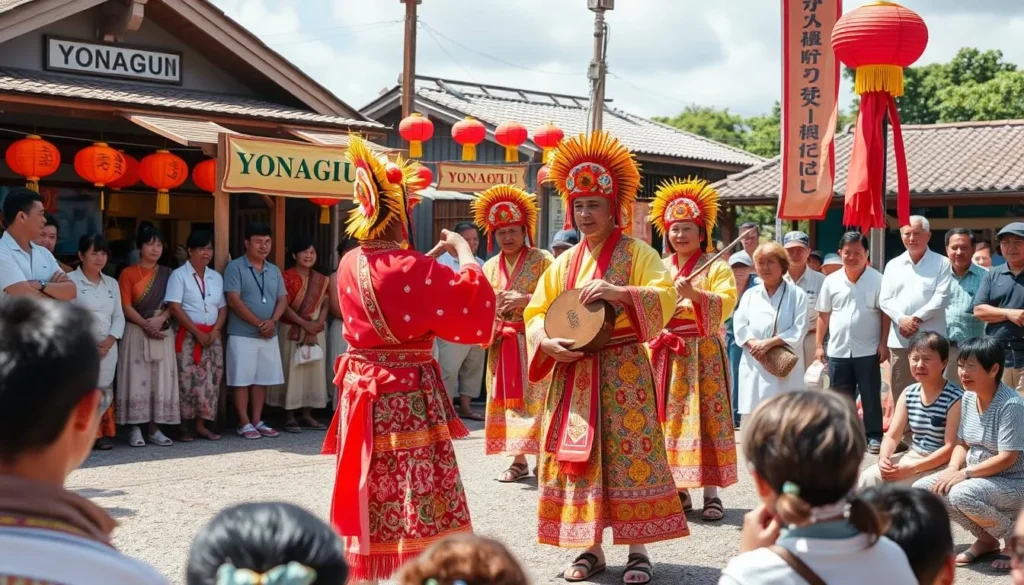
Traditional Yonaguni festival celebrating the island’s cultural heritage
Hanazake: The Island Spirit
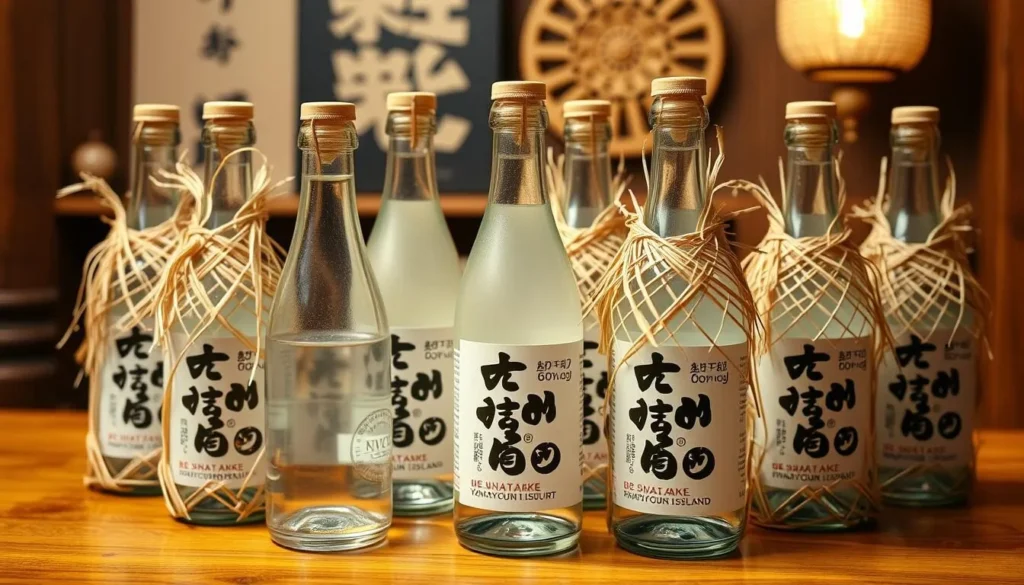
Yonaguni is famous for its potent local spirit called Hanazake (花酒), which contains a formidable 60% alcohol content. Despite its strength, locals claim it’s “almost like water” to drink. Traditionally wrapped in protective straw coats, this awamori-based spirit has deep cultural significance and was once used in funeral rituals. Visit one of the island’s three distilleries – Donan, Yonaguni, or Maifuna – to learn about production methods and sample this unique beverage.
Yonaguni Language
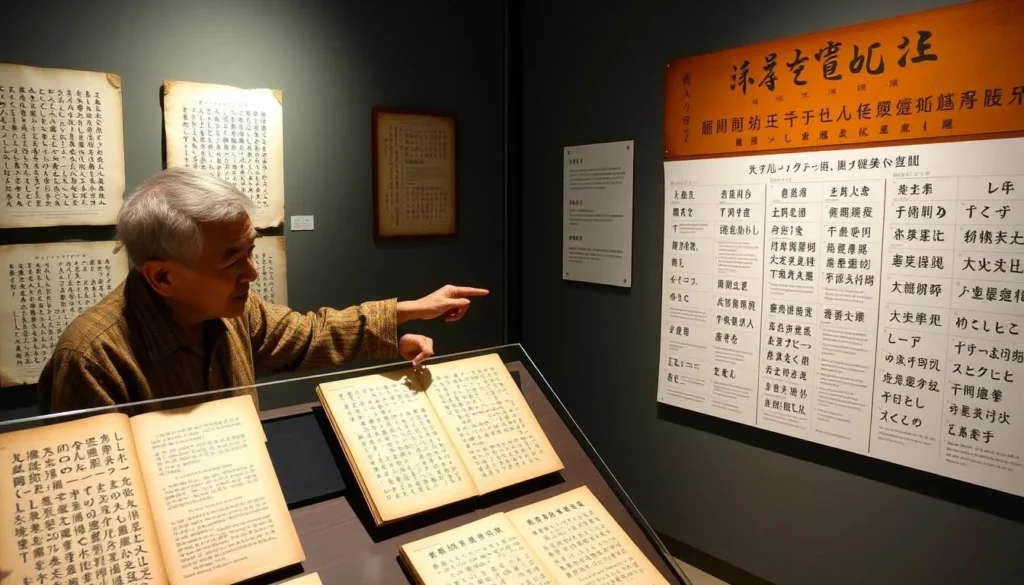
The island has its own distinct language that even mainland Okinawans find incomprehensible. While standard Japanese is widely spoken today, you might hear locals greeting with “waːriː” (welcome) and “fugarassa” (thank you). The island also had its own writing system called Kaida-dii, examples of which can be seen at the Ethnographic Museum. Language enthusiasts can purchase Nae Ikema’s Japanese-Yonaguni dictionary as a unique souvenir.
Traditional Crafts
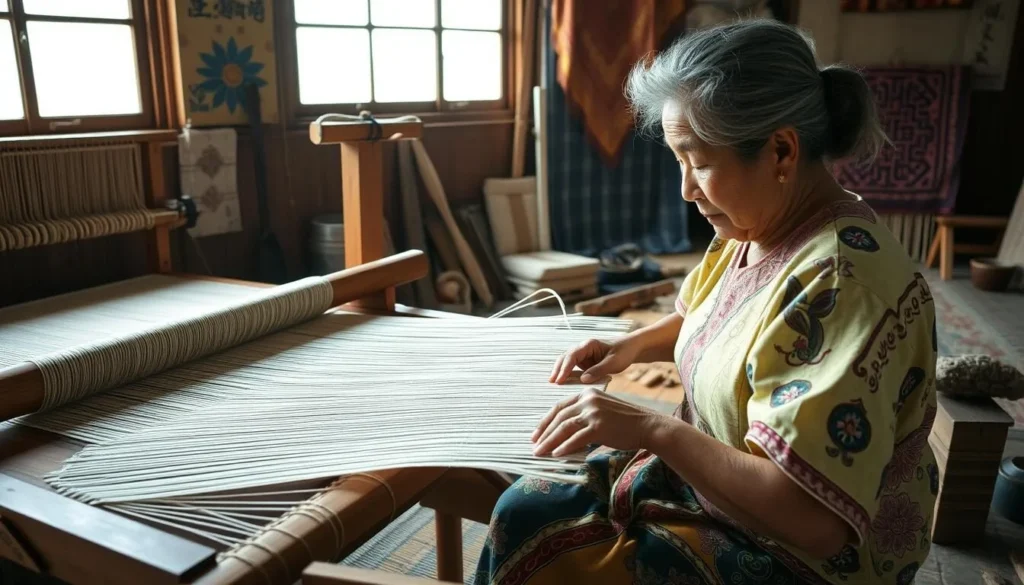
Traditional crafts remain an important part of Yonaguni culture. The island is known for its distinctive textiles, particularly a weaving technique called hataori. The municipality offers free training in these traditional skills to preserve them for future generations. Visitors can observe artisans at work and purchase authentic handcrafted souvenirs that represent the island’s cultural heritage.
Immerse Yourself in Island Culture
Experience authentic cultural demonstrations and workshops during your stay on Yonaguni.
Discover Cultural Experiences
Essential Travel Information
Planning a trip to this remote island requires some preparation. Here’s what you need to know to make your Yonaguni adventure smooth and enjoyable.
When to Visit
The best time to visit Yonaguni depends on your interests:
- December to February: Prime diving season with excellent visibility and hammerhead shark sightings. Cooler temperatures (15-20°C).
- March to May: Pleasant spring weather (20-25°C) with less rainfall and beautiful wildflowers.
- June to September: Warmest temperatures (25-30°C) but higher chance of typhoons and rain.
- October to November: Comfortable autumn temperatures with decreasing rainfall.
Avoid the typhoon season (especially August-September) as flights and ferries are frequently canceled during bad weather.
Getting Around
Yonaguni is a small island with limited public transportation:
- Public Buses: Surprisingly, all buses on Yonaguni are free! There are 9 daily services between Sonai and Kubura, with 3 continuing to make a circuit of the western half of the island.
- Rental Cars: Several rental car agencies operate near the airport, with rates starting from ¥5,000 per day.
- Bicycles and Motorbikes: Available for rent and ideal for exploring the compact island.
- Taxis: Limited service with only two taxis operating on the island.
Most accommodations and diving shops offer free transfers from the airport or ferry port if you book in advance.
Where to Stay
Accommodation options on Yonaguni are limited but authentic:
- Minshuku (Family-run guesthouses): The most common option, offering simple rooms with traditional Japanese hospitality and home-cooked meals.
- Diving Lodges: Several diving operators offer basic accommodation packages for divers.
- Budget Options: A few dormitory-style accommodations are available in Sonai.
It’s essential to book accommodation well in advance, especially during peak diving season, as options are limited.
Practical Tips
- Money: There are no banks on Yonaguni, but ATMs are available at post offices in Sonai and Kubura.
- Internet: Most accommodations offer WiFi, but there are no public hotspots.
- Shopping: The supermarket in Sonai stays open until 8 PM. There are no convenience stores.
- Language: While Japanese is widely spoken, English is limited. A translation app can be helpful.
- Safety: The main danger is strong ocean currents, particularly on the north coast. Always check conditions before swimming.
Yonaguni Island, Japan’s westernmost inhabited territory
Ready for Your Yonaguni Adventure?
Book your complete Yonaguni experience with accommodation, diving, and island tours in one convenient package.
Plan Your Yonaguni Journey
The Edge of Japan Awaits
Yonaguni Island represents Japan at its most wild, mysterious, and untamed. From enigmatic underwater monuments to rare native horses, from potent local spirits to a language found nowhere else, this remote frontier offers experiences that can’t be replicated anywhere else in the world.
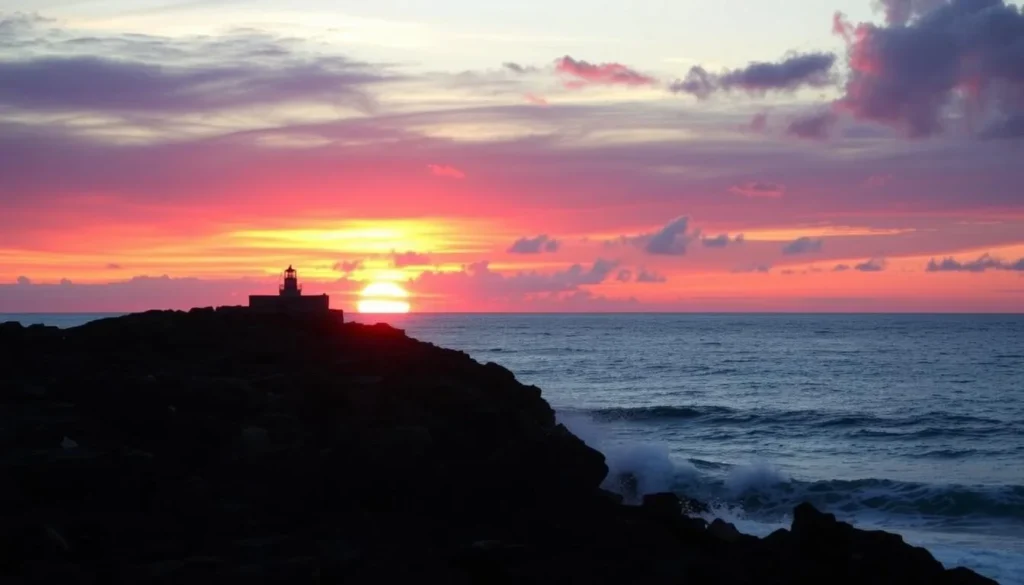
The last sunset in Japan – Cape Irizaki at dusk
Standing at Cape Irizaki watching the sun sink below the horizon, you’ll experience a profound sense of being at the edge of a nation – the last person in Japan to witness the end of the day. In a country famous for its blend of ancient traditions and futuristic innovations, Yonaguni offers something different: a glimpse into a world that time has largely left untouched.
Whether you come for the world-class diving, the cultural immersion, or simply the adventure of reaching Japan’s westernmost frontier, Yonaguni promises memories that will last a lifetime. This isn’t just another destination – it’s a journey to the edge of Japan and perhaps to the edge of ancient history itself.
The above is subject to change.
Check back often to TRAVEL.COM for the latest travel tips and deals.
